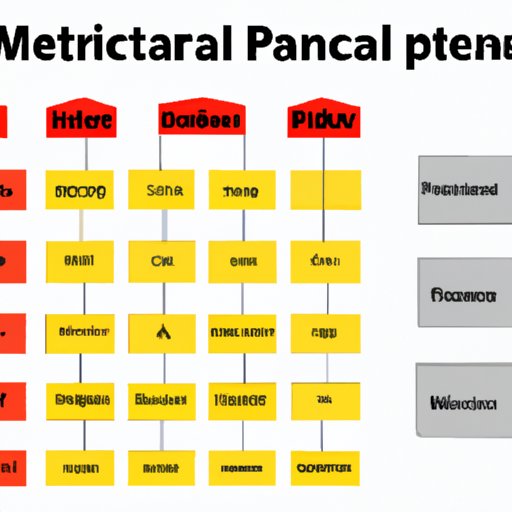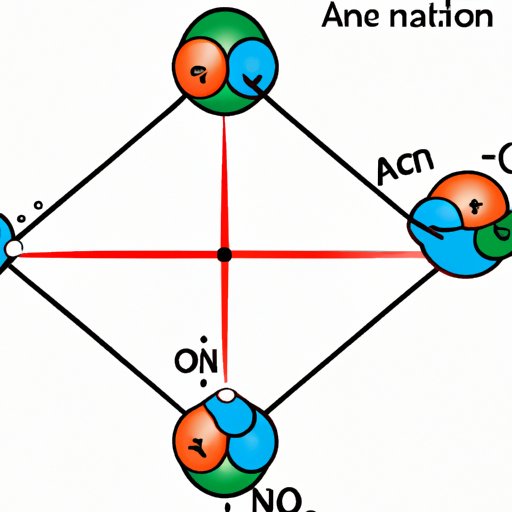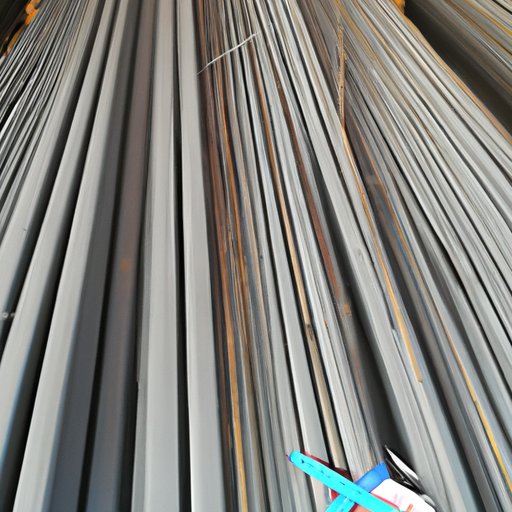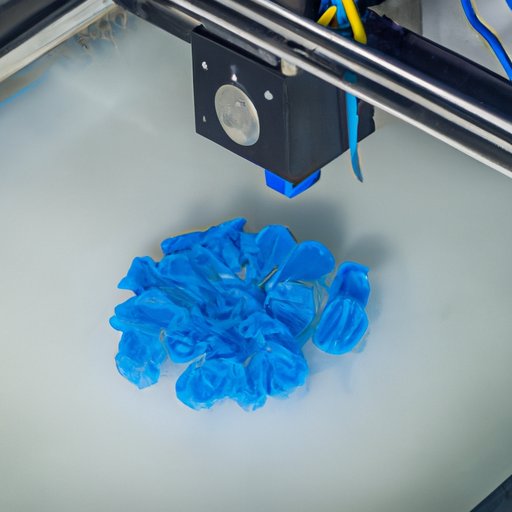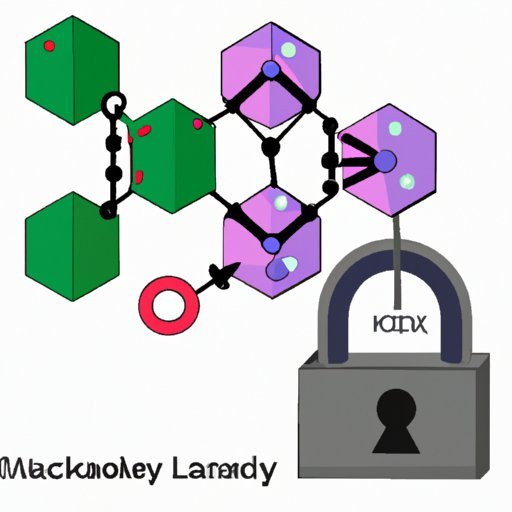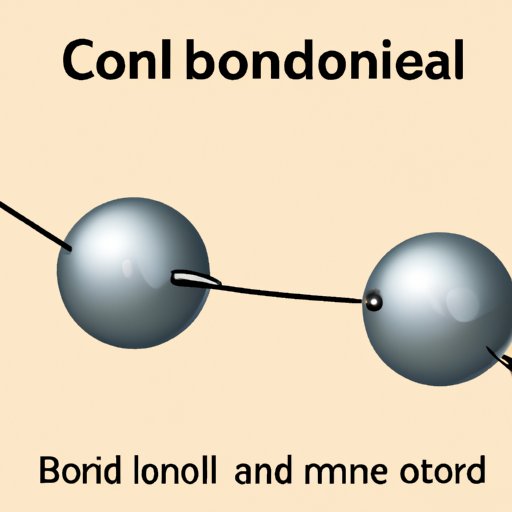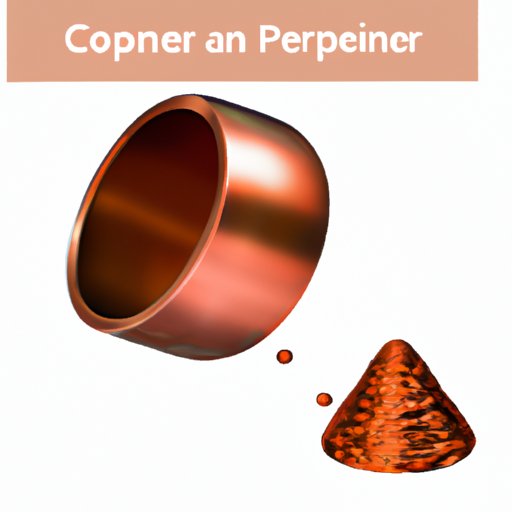This article explains what physical properties are, the difference between physical and chemical properties in chemistry, and how to differentiate between the two. It also highlights the characteristics of physical properties on the periodic table, classifies matter based on their physical attributes, analyzes the role of physical properties in materials science, and provides examples of measuring physical properties.
The Science of Bonding: Exploring Why Atoms Form Bonds
Learn why atoms form bonds and how they stick together in this informative article. Discover the principles of bonding, its importance in nature, the science behind it, and examples of it in action. Explore everything from the creation of crystals to the development of superconductors.
Iron vs Steel: Comparing the Strength of Two Industrial Giants
Discover the advantages of iron and steel as building materials and explore the factors that determine their strength. Compare and contrast the two materials and examine their uses in modern society. Learn about new materials science developments that will enhance their already remarkable properties.
Exploring the Mystery of Aluminum’s Valence Electrons: Understanding Its Significance and Real-World Applications
Learn all about aluminum’s valence electrons, why it’s important to know, and its practical applications in industries such as manufacturing, aerospace, and energy production. Explore how its valence electrons impact everyday life and how understanding its atomic structure improves electrochemistry, materials science, and chemistry experiments. Debunk myths and misconceptions about aluminum’s valence electrons while discovering its place in the periodic table of elements.
The All-Inclusive Guide to Understanding the Science of Polymer
Get to grips with the science of polymers in this comprehensive article that outlines the chemistry, properties, and applications of polymers. From plastics to DNA, learn about the many ways polymers are used in different industries, including medicine, agriculture, and biotechnology. With 3D printing and nanotechnology leading to new developments, the future of polymer looks bright.
The Lock and Key Mechanism: Exploring Specific Substances that Bind Together
Explore the lock and key mechanism, its importance, and applications in different fields, including biological processes, drug development, molecular docking, and materials science. Learn about the specific interactions involved in lock and key binding, how researchers use this mechanism in drug development, and the role of molecular docking in predicting lock and key binding.
Understanding Chemical Bonds: The Foundation of Science and Technology
Chemical bonding forms the foundation of science and technology. Understanding the types of chemical bonds and their roles in biological systems and materials science can lead to innovative solutions and new materials with desirable properties.
Exploring What is a Sieve: Definition, Types, and Practical Uses
Discover the definition, types, and practical uses of sieves, and how they are used across industries such as agriculture, cooking, and scientific research. Learn about the science of sorting and the importance of using the correct mesh size. Get tips on using sieves and avoiding common mistakes, and discover why sieves are essential in a range of fields.
Exploring the Physical Properties of Copper: An In-Depth Analysis
Learn about the physical properties of copper and the significance of these properties in materials science. Discover what makes copper a unique material and explore its history and future advancements.
